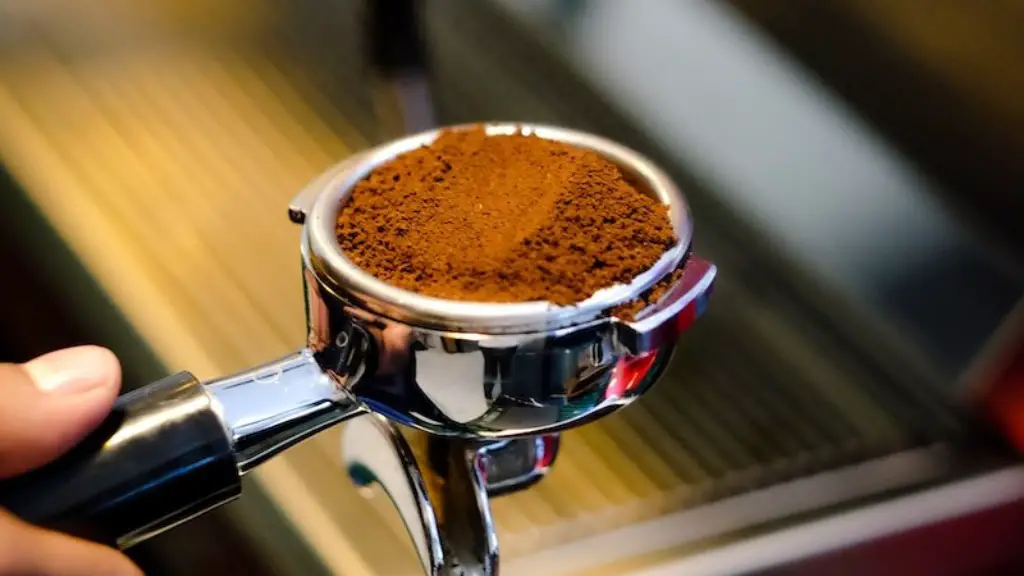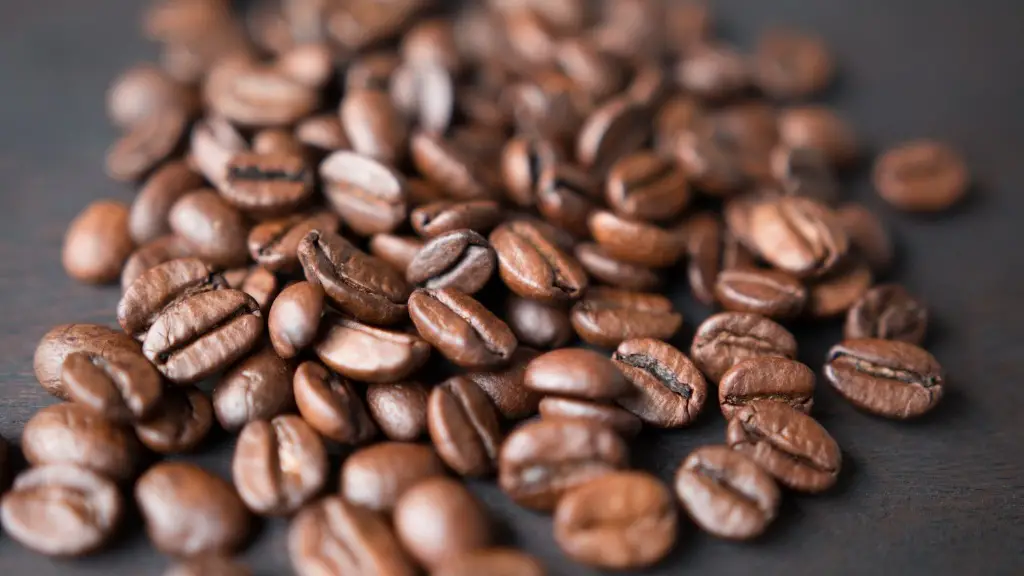In the coffee industry, coffee beans are the seeds of the coffee plant, called coffee cherries. coffee cherries grow on large bushes and are typically found in tropical countries like Brazil, Columbia, and Ethiopia. The coffee plant blooms with white flowers that have a faint jasmine aroma. Once pollinated, the flowers mature into coffee cherries.
coffee beans growers typically cultivate coffee trees that yield coffee cherries. These coffee cherries are then harvested and the coffee beans are extracted from within the fruit.
Does coffee grow on trees or plants?
Coffee plants are woody evergreens that can grow up to 10 meters tall when growing in the wild. Most of the world’s coffee grows within the Bean Belt, the area around the equator between the Tropics of Capricorn and Cancer. The coffee plant is a member of the Rubiaceae family, which also includes gardenia and madder, and is native to Ethiopia, Sudan, and Kenya.
Coffee is grown in many countries around the world, but the three primary coffee-growing regions are Central and South America, Africa, and the Middle East and Southeast Asia. These regions are all located along the equatorial zone between the Tropic of Cancer and the Tropic of Capricorn, widely known as the “Bean Belt”.
Coffee plants thrive in warm, humid climates and require a lot of rainfall to produce high-quality beans. The soils in coffee-growing regions must also be well-drained and rich in organic matter. These conditions are found in many tropical countries near the equator.
The coffee-growing regions of Central and South America produce the majority of the world’s coffee. Brazil is the largest producer, followed by Colombia, Mexico, and Honduras. These countries all have large tracts of land located in the Bean Belt with the ideal climate for coffee production.
Africa is the second-largest coffee-producing region in the world. Ethiopia is the top producer on the continent, followed by Uganda, Tanzania, and Ivory Coast. The coffee plants grown in Africa are mostly of the Arabica variety, which is known for its high quality.
The Middle East and Southeast Asia are the third
Do coffee beans grow coffee plants
A coffee bean is actually a seed. When dried, roasted and ground, it’s used to brew coffee. If the seed isn’t processed, it can be planted and grow into a coffee tree. Coffee seeds are generally planted in large beds in shaded nurseries.
The coffee plant is a flowering plant that belongs to the Rubiaceae family. This family includes many different species of trees, shrubs, and even herbs. The coffee plant is a perennial shrub, but it is often called a tree because it can reach heights of 20 feet or more. The coffee plant produces coffee beans, which are used to make coffee.
Do coffee trees make 100 pounds of coffee a year?
The average coffee tree produces 10 pounds of coffee cherry per year, or 2 pounds of green beans. All commercially grown coffee is from a region of the world called the Coffee Belt. The trees grow best in rich soil, with mild temperatures, frequent rain and shaded sun.
Coffee cherries are the fruit that coffee trees produce. The coffee beans we know and love are actually the seeds of these fruit. While coffee beans and beans may look similar, they come from different plants entirely. Coffee beans are seeds that come from coffee trees, while beans are the fruit of bean plants.
Can you grow coffee in the US?
Although coffee can be harvested in other places in the United States, Hawaii and Puerto Rico boast the ideal climates for growing coffee beans. In Maui, Hawaii, coffee plantations are a common sight. The abundance of sunlight and the limestone-rich soil make Maui an ideal place for coffee farmers to grow their crops. Similarly, Puerto Rico’s climate is well-suited for coffee farming. The hot, humid weather is perfect for coffee plants, and the island’s rich volcanic soil provides the plants with nutrients they need to thrive.
While coffee is typically associated with tropical countries, it is actually grown in limited areas of the United States as well. This includes states like California, Hawaii, and Puerto Rico. The climate in these areas is ideal for coffee cultivation, and the resulting beans are used to produce some of the best coffee in the world. If you’re looking for a truly unique coffee experience, seek out beans grown in the United States.
What are the only two US states that can grow coffee
While coffee production is currently limited to Hawaii and California, Florida is exploring the possibility of adding coffee to its agricultural repertoire. Farmers and scientists are researching the best ways to grow coffee in the Sunshine State, and if successful, Florida could become a major producer of this beloved beverage. With its warm climate and ample rainfall, Florida has the potential to become a top coffee-producing state, and we can’t wait to see what the future holds for Florida coffee.
You can eat raw coffee cherries, since they are essentially a fruit. Coffee cherries are safe to eat and are a good source of antioxidants. However, coffee cherries can be bitter, so you may want to add them to smoothies or other foods to make them more palatable.
Are coffee plants toxic to humans?
This coffee plant is not safe to have around pets and children because every part of it is toxic. Even the mature fruit is toxic to humans. The only exception is the coffee bean, which is safe for consumption.
If you’re looking for a plant that can be easily grown indoors or outdoors, coffee may be a good option for you. These plants prefer diffused sunlight, so avoid placing them in an area of direct sunlight. With proper care, you can enjoy fresh coffee at home without having to go to a coffee shop.
How many years does it take a coffee bean to become a tree
It takes around 3 years for a coffee tree to start bearing fruit, and it can continue producing coffee beans for up to 20 years. The coffee tree first produces a small, white flower, which eventually turns into the coffee cherry. Once the cherry is ripe, it is picked and the coffee beans are extracted from inside.
The beans we use to make coffee are actually the seeds of a fruit. The coffee plant produces coffee cherries, and the beans are the seeds inside. Coffee trees can naturally grow to over 30 ft/9 m.
Is a coffee bean a nut or a seed?
A coffee bean is the pip of the coffee fruit, which is a drupe. The coffee beans are the seeds of the coffee plant, and the source of coffee. The coffee fruit is often referred to as a coffee cherry. Just like ordinary cherries, the coffee fruit is also a stone fruit.
While coffee plants can have a long lifespan, they are most productive during their middle years. Proper care, including pruning and fertilization, can help to maintain and even increase their output over time. This will vary depending on the particular variety of coffee plant.
How many times a year can you harvest coffee
The coffee harvest is an important time for coffee growers as it is when the coffee cherries are ripe and ready to be picked. The harvesting time will vary depending on the region and altitude, but typically there is only one harvest per year that lasts for 2-3 months. In countries north of the equator, the coffee harvest typically takes place from September to March, while in countries south of the equator the harvest takes place from April to August.
All four coffee bean types have different taste profiles. Arabica beans have a sweeter, more floral taste, while Robusta beans are more rich and robust. Excelsa beans have a fruity, wine-like taste, and Liberica beans have a unique, delicate flavor.
Warp Up
Coffee beans are the fruit of the coffee plant, and they grow on the branches of the plant.
Most coffee beans grow on evergreen trees that can be as tall as 30 feet. The coffee tree produces glossy, dark green leaves and white flowers. The coffee tree can produce fruit all year round, but the peak time for coffee berry production is between March and May.





